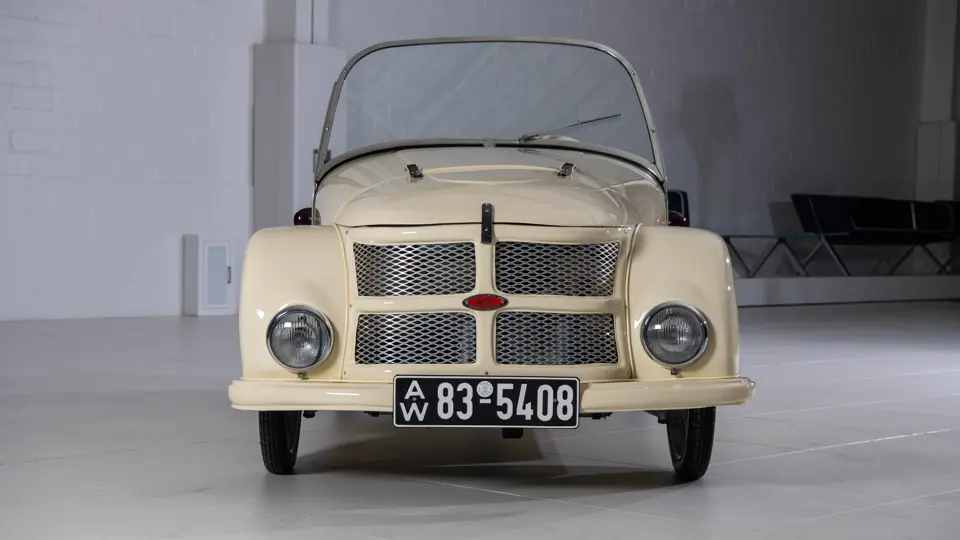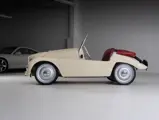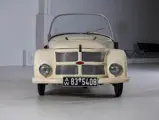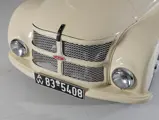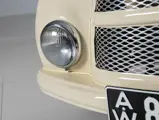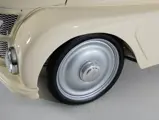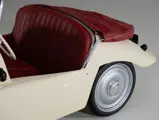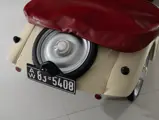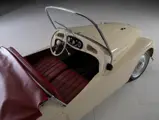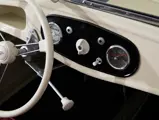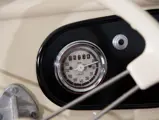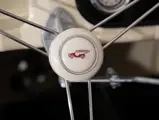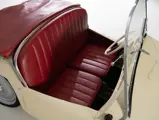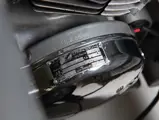German engineer Paul Kleinschnittger was one of many Europeans who dreamed of an inexpensive “people’s car,” which he began working on during World War II using parts scavenged from a nearly deserted military airfield that had been dynamited by the Allies. By 1949 he had put together a prototype, named for its creator, which was appropriate; ironically, klein meets “small,” and schnittig means “spiffy.”
Kleinschnittger’s production model was built on a multi-tube chassis, with easily replaceable rubber-band suspension and a riveted light aluminum body, the panels of which were hand-hammered over wooden bucks using rubber hammers. The compound-curved front fender sections were formed from army surplus cooking pots, cut in half, giving two fenders per car. Power was provided by a 125-cubic-centimeter ILO moped engine, started by a rope pull under the dashboard; a reverse gear was not provided or needed, as the car could easily be lifted by its owner and spun around on the front wheels.
For a time the Kleinschnittger firm was a booming concern in the town of Arnsberg, where local residents became used to the odd sight of the car’s namesake personally towing a train of 15 cars to the railway station behind his Fiat. Alas, like many post-war manufacturers, Kleinschnittger was overconfident, and overextended his company both financially and in its range, attempting to produce too many variants of his little car. His creditors closed him down in the summer of 1957, after 2,980 Kleinschnittgers had been built.
The White Collection’s F-125 is a late-production example, identified by its smaller grille openings, rear-mounted spare wheel, and one-piece curved windshield. It is in excellent restored condition, with the body sparkling in its coat of Elfenbein, and the red vinyl interior appearing nearly fresh and in outstanding order. The dashboard gauges appear original and unrestored, with the odometer recording 5,204 kilometers (~3,234 miles) at the time of cataloguing. Inspection shows that the chassis number is still clearly apparent on the frame, and both the chassis and engine numbers match those on the car’s serial number tag.
Accompanying is an original brochure from Nürnberg dealer Herbert Hampel & Co., extolling the virtues of “The Smallest Car for Work, Sport and Travel”—of which this must surely be the finest available.

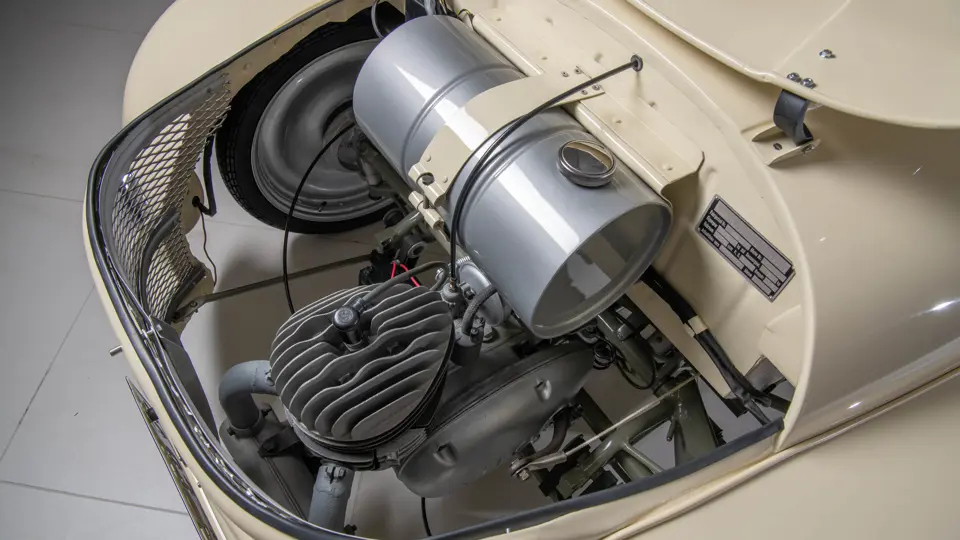
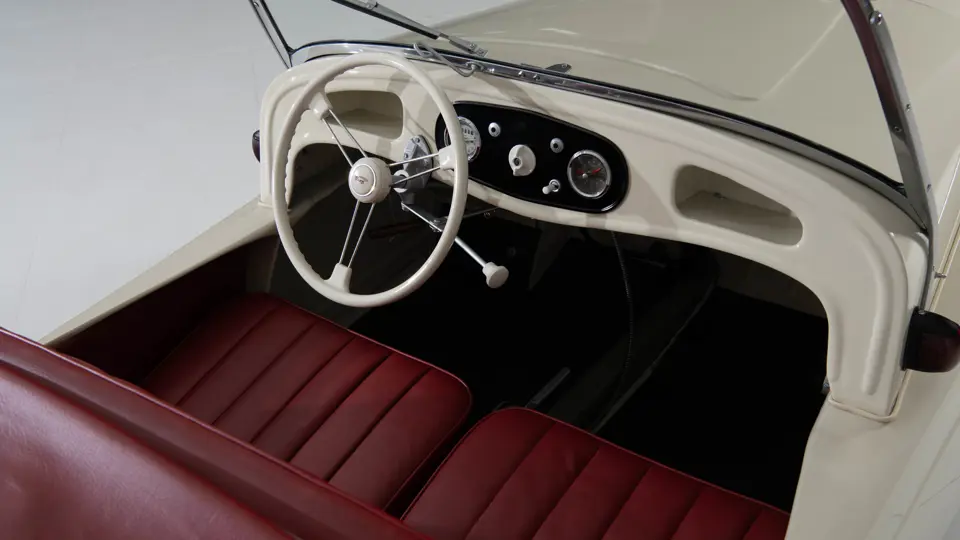

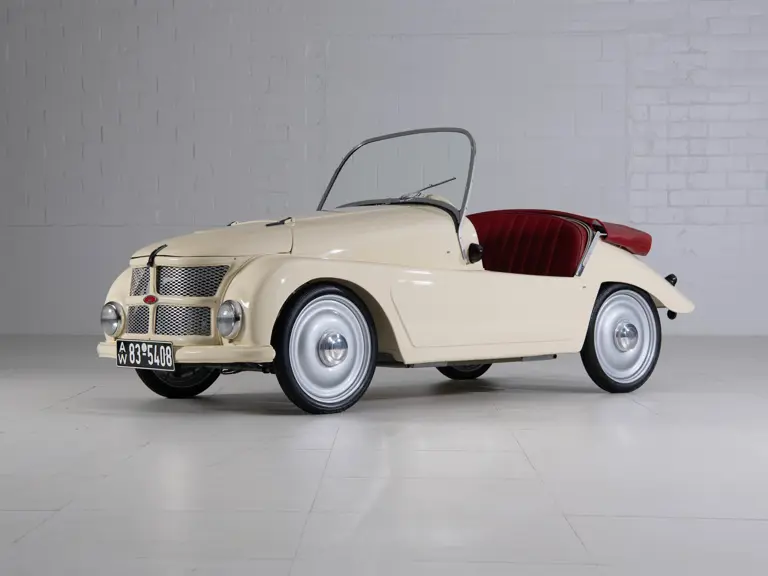
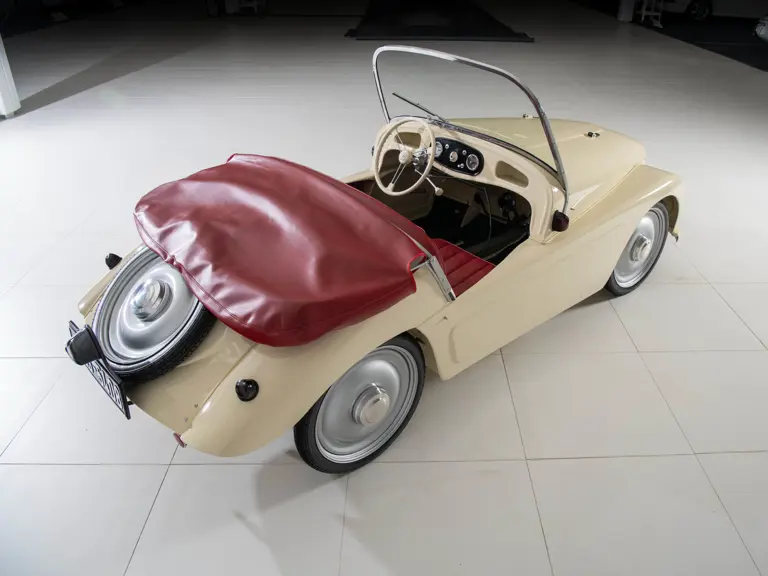

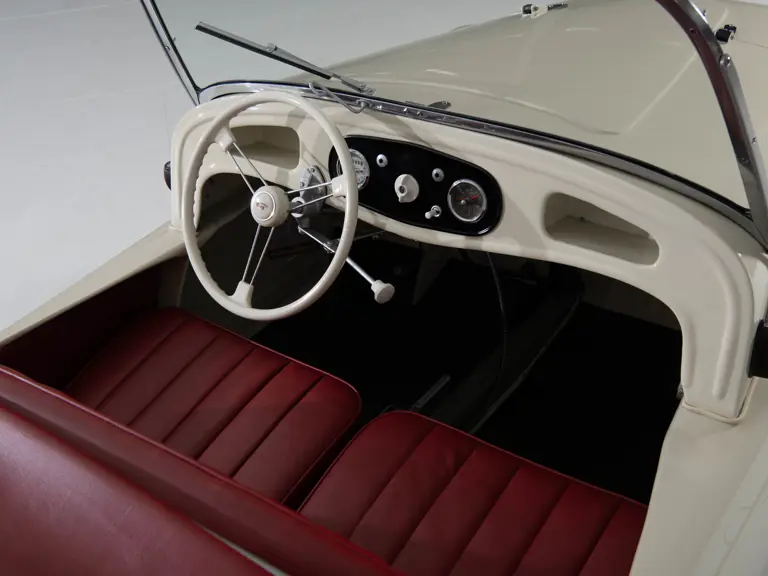



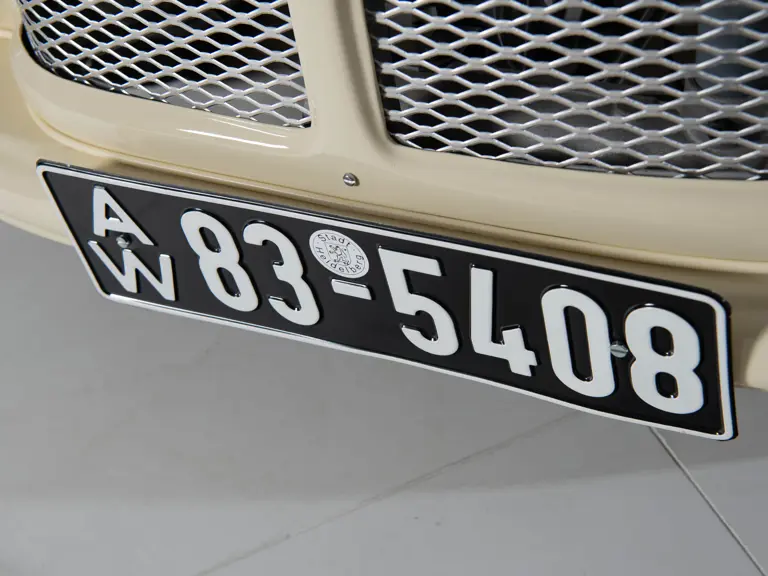
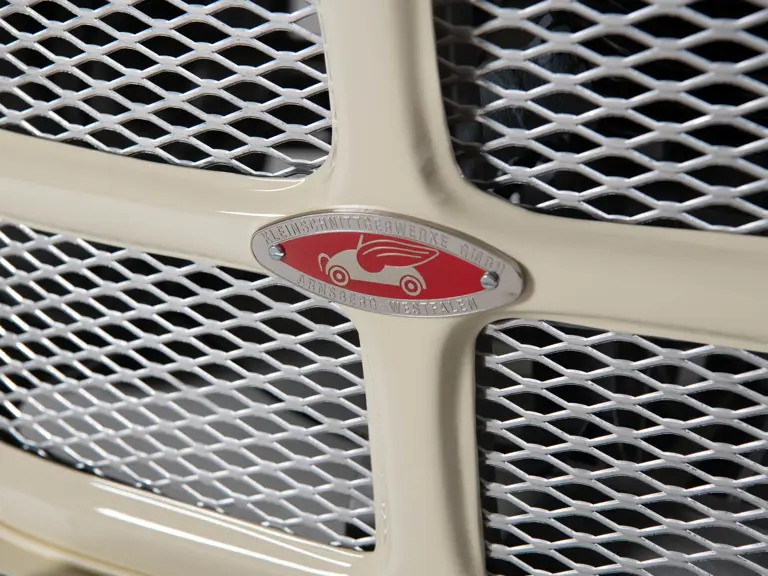
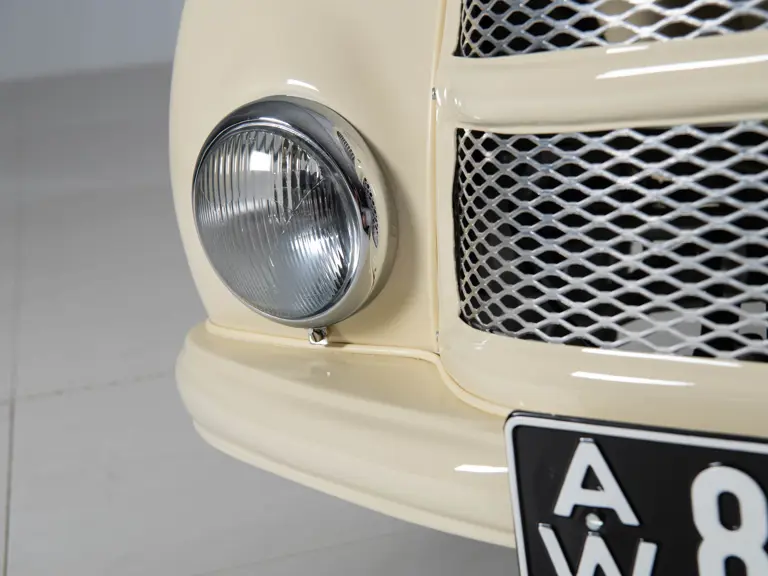
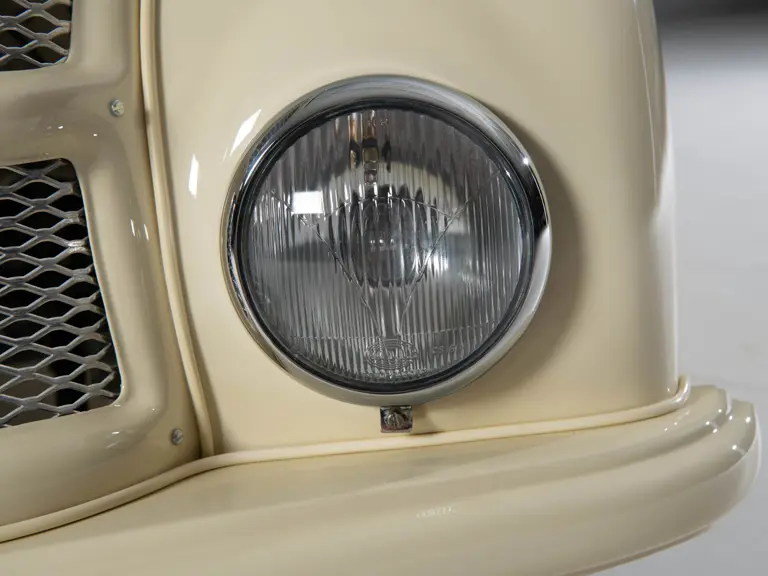


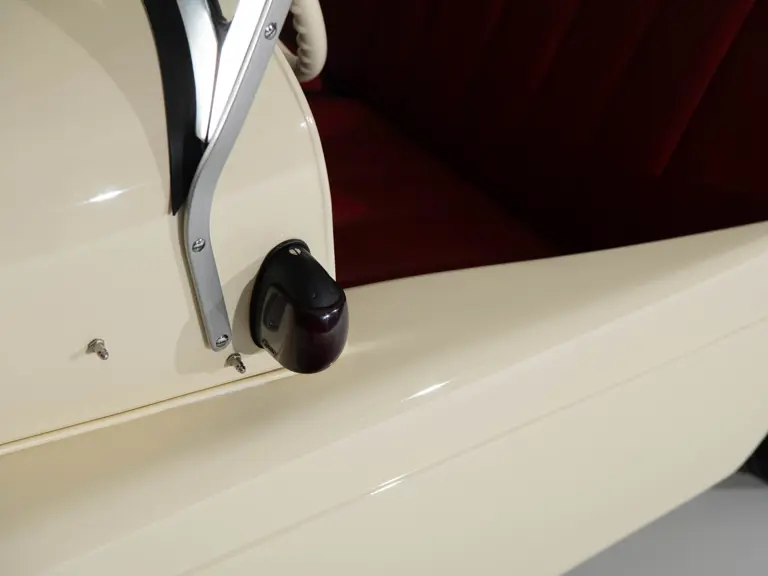
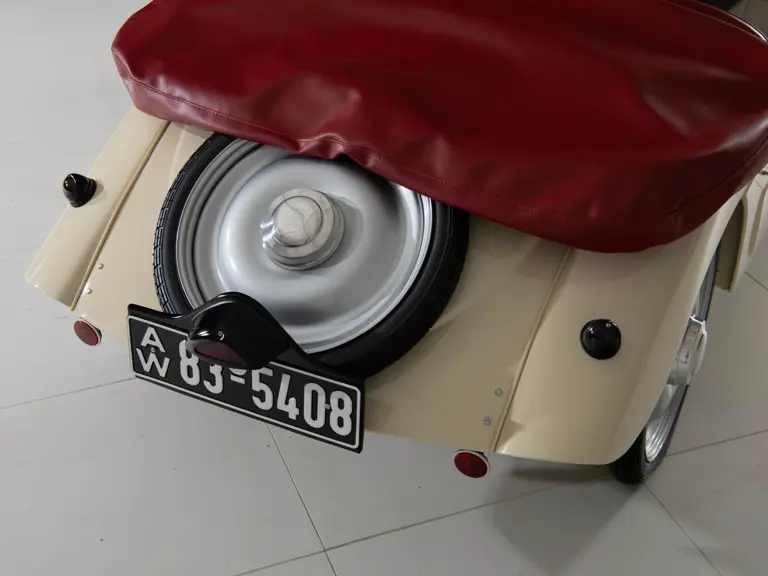

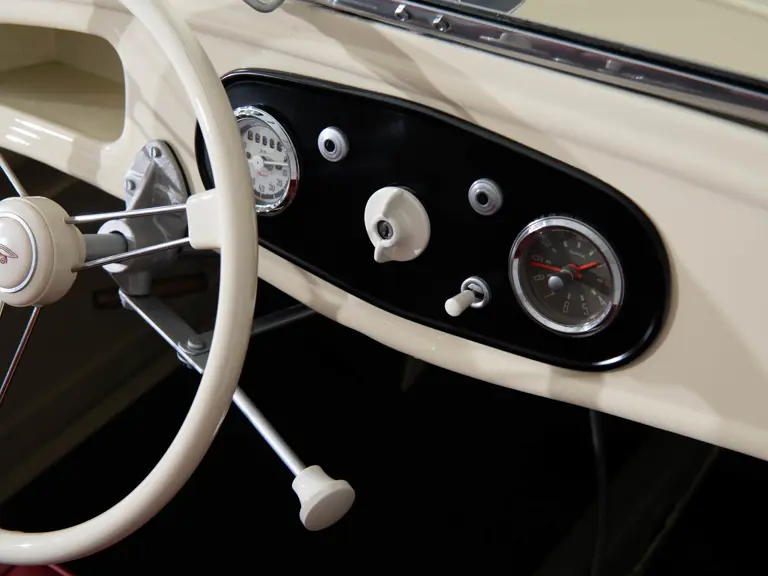
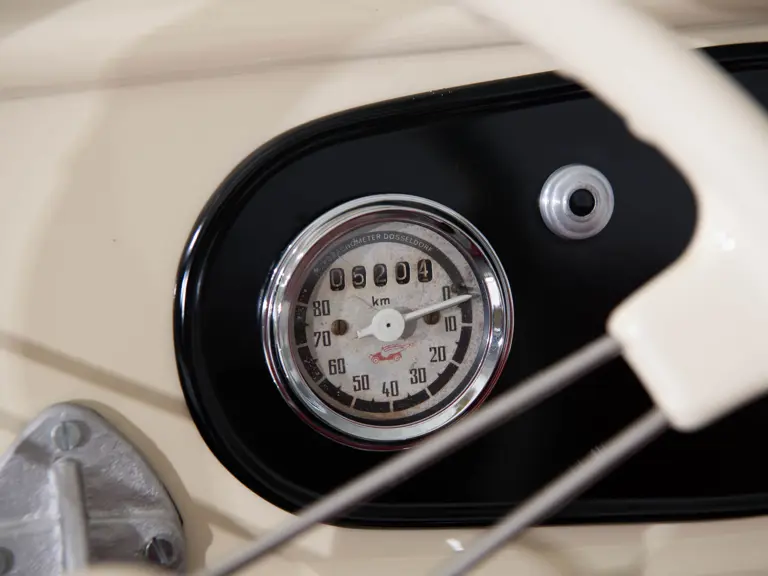

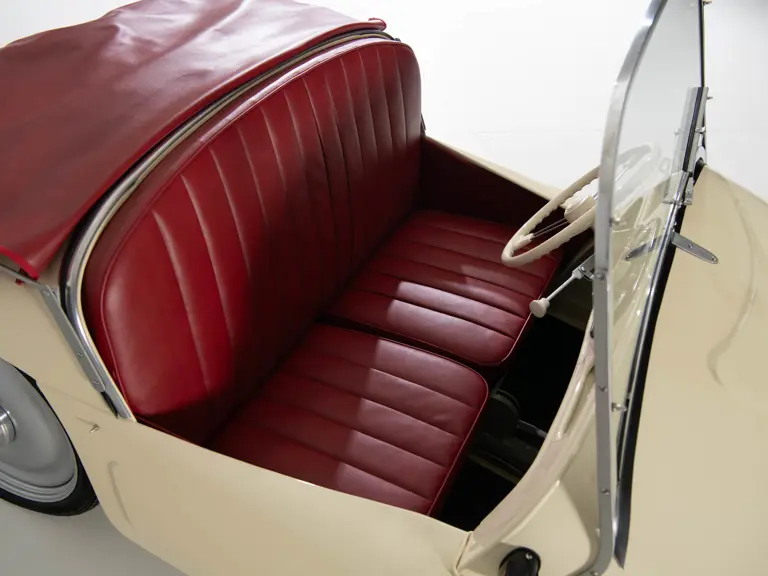
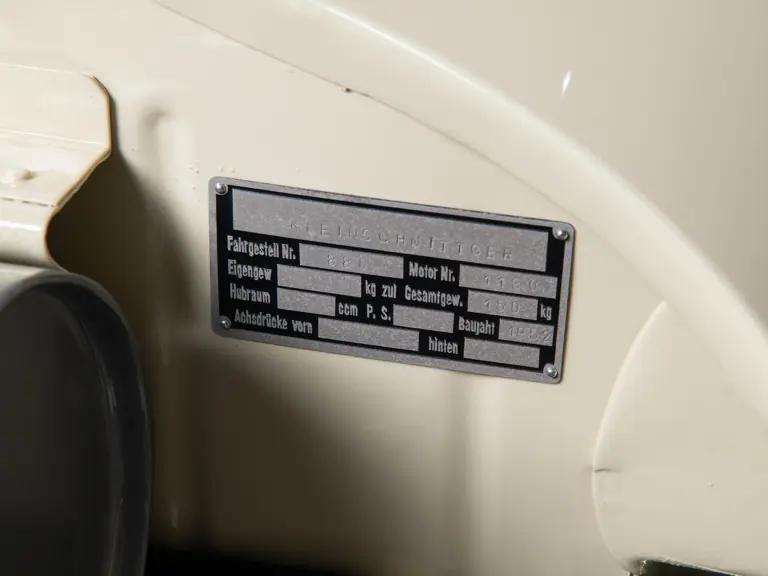
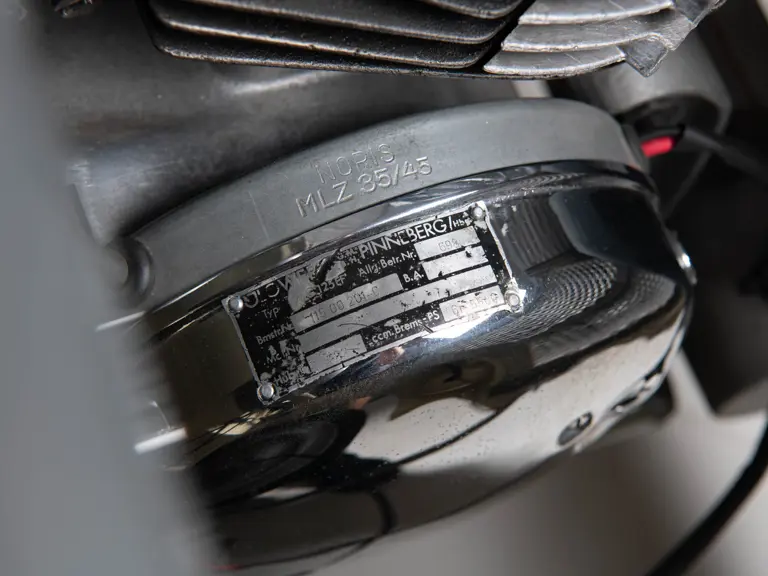
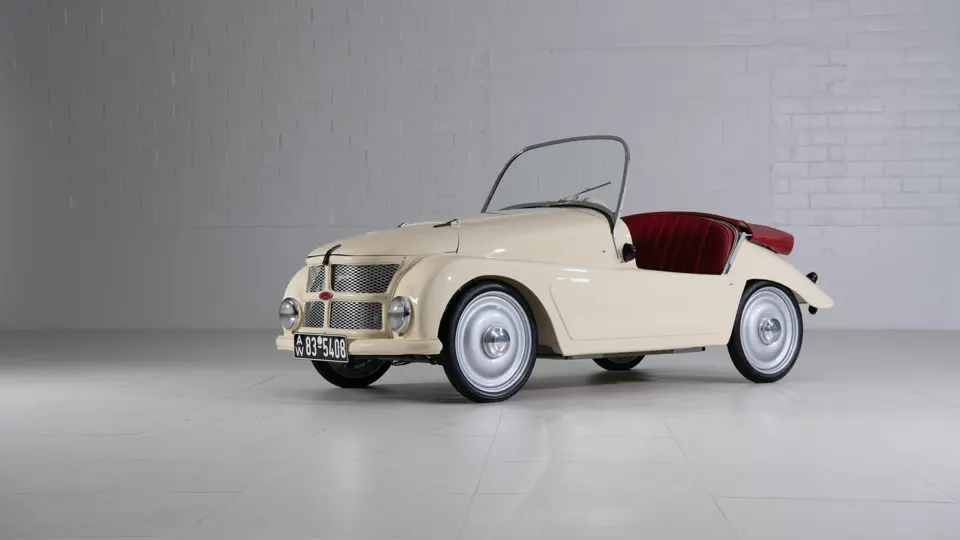
 | Houston, Texas
| Houston, Texas

